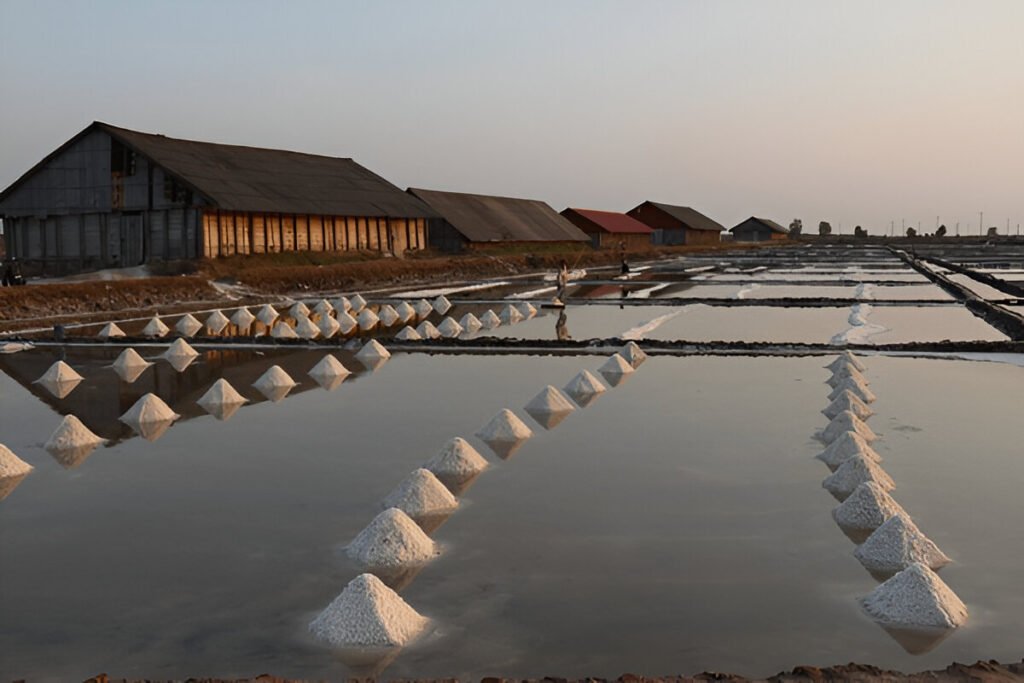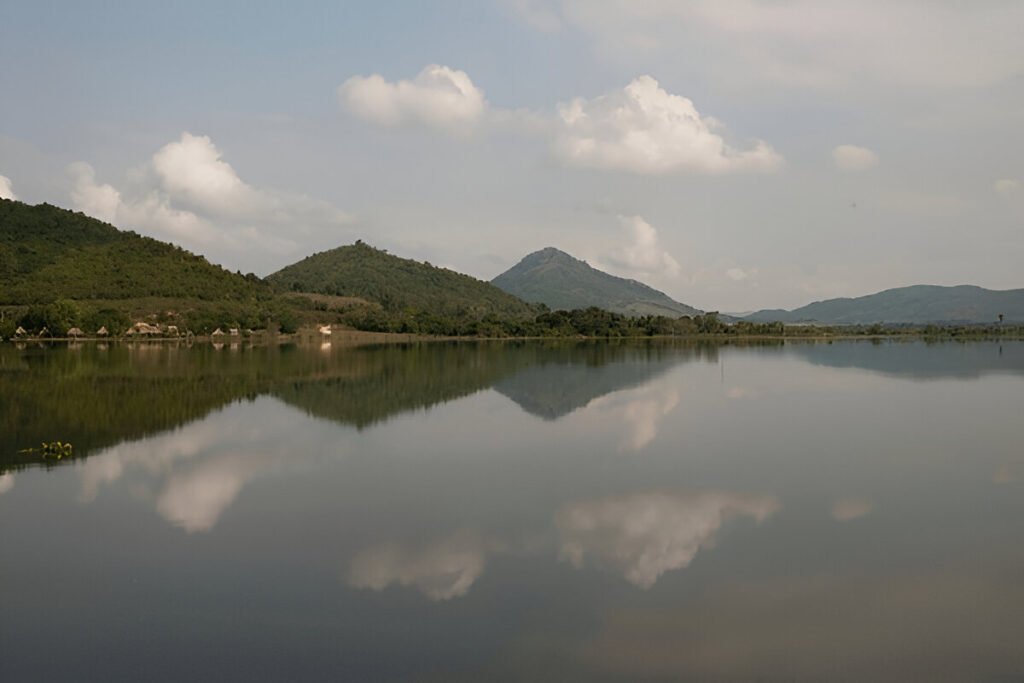Introduction:
Hidden beneath the earth for over two millennia, the Terracotta Warriors of China’s first emperor, Qin Shi Huang, form a remarkable spectacle that stands testament to the historical grandeur of the Qin Dynasty. Located at the city of Xi’an in China’s Shaanxi province, the Terracotta Warriors are one of the most extraordinary archaeological discoveries of the 20th century. These life-sized clay sculptures, also known as the Terracotta Army, are a must-see destination for any history or culture enthusiast.
Discovering the Terracotta Warriors: China’s Ancient Sentinel
The Terracotta Warriors were discovered accidentally by a group of farmers digging a well in 1974. The discovery provoked immediate international interest, with archaeologists from around the world flocking to Xi’an. The excavation unveiled an astonishing army of over 8,000 life-sized clay soldiers, horses, and chariots, meticulously arranged in battle formations. This sentinel was designed to accompany China’s first emperor, Qin Shi Huang, into the afterlife.
The Terracotta Army forms a small part of Qin Shi Huang’s mausoleum, occupying an area of 56.25 square kilometers. Each warrior is distinctively unique, not only in facial features but also in hairstyle, clothing, and gestures, reflecting the diverse origins of Qin’s real army. The soldiers were crafted with extraordinary skill and detail, from their armor plates to the folds of their robes, and even the tread on their shoes, showcasing the advanced craftsmanship of the era.
Unmasking the Mystique: China’s First Emperor’s Clay Army
The Terracotta Warriors represent the military might of the Qin Dynasty and the grandeur of Emperor Qin Shi Huang, who unified China in 221 BC. It was his obsession with immortality that led to the creation of this immense clay army. Built by thousands of laborers and craftsmen, the entire project exhibits a complex and organized production process, demonstrating the sophisticated administrative system of the Qin Dynasty.
Archaeological studies have revealed that the warriors were painted in vibrant colors when they were first built, but exposure to air caused the colors to fade over time. Despite this, the level of preservation of the Terracotta Army is remarkable, with the warriors still retaining intricate details after over two millennia. This has provided historians with a wealth of knowledge about ancient Chinese warfare, art, and culture.
Description of the Attraction:
The Terracotta Warriors Museum is divided into three pits, each containing a different aspect of the army. Pit 1, the largest and most impressive, houses the main army with over 6,000 warriors and horses. Pit 2 contains a mix of infantry, cavalry, and war chariots, while Pit 3, the smallest, is thought to be the army’s command post. The exhibition hall displays bronze vessels, weapons, and some of the finest examples of the terracotta soldiers, giving visitors a detailed insight into the stunning craftsmanship of the Qin Dynasty.
Things to Do:
Visitors can explore the three pits, marvel at the intricacy of the warriors, and learn about the history of the Qin Dynasty through informative displays and audio guides. The museum also offers archery demonstrations and the opportunity to make your own terracotta warrior. There are also regular cultural performances, including shows that depict the history of the Qin Dynasty, providing a unique cultural immersion.
Local Tips:
The best time to visit the Terracotta Warriors is during spring and autumn when the weather is most comfortable. It’s advisable to wear comfortable shoes as the museum covers a large area. English guided tours are available and highly recommended for a deeper understanding of the exhibit.
How to Get There:
The Terracotta Warriors Museum is located about 40 kilometers east of Xi’an. Visitors can reach the site by public bus or taxi from Xi’an, or by booking a guided tour. The journey typically takes about an hour.
Nearby Attractions:
Nearby attractions include the ancient city wall of Xi’an, the Big Wild Goose Pagoda, and the Muslim Quarter, which is famous for its food stalls offering local delicacies.
Conclusion:
Immersing yourself in the world of the Terracotta Warriors is akin to stepping back in time and witnessing a page out of China’s rich history. These silent sentinels, standing guard over China’s first emperor, offer a remarkable insight into the sophistication, culture, and grandeur of ancient China. Whether you’re a history buff, a cultural enthusiast, or simply a curious traveler, the Terracotta Warriors are a must-see, an unforgettable journey through time.






